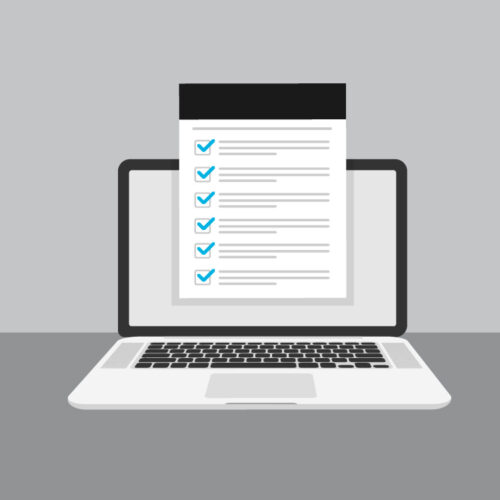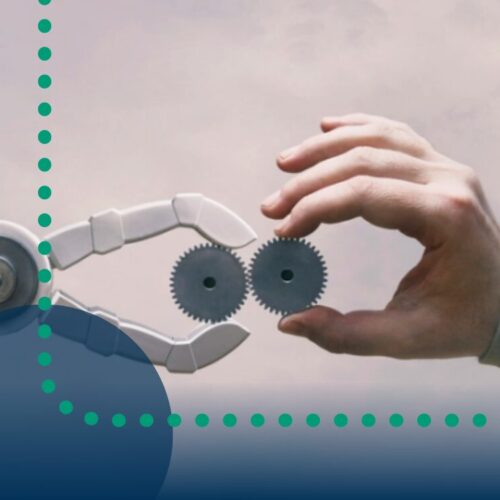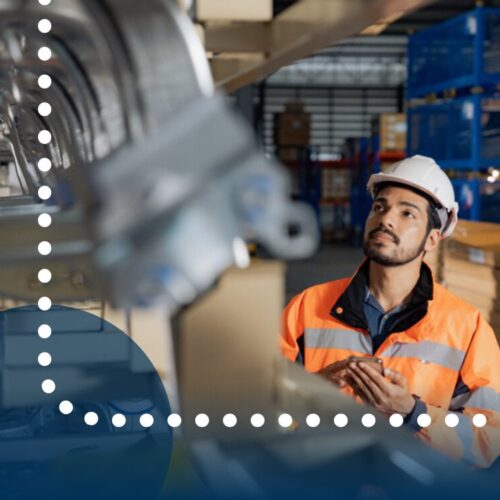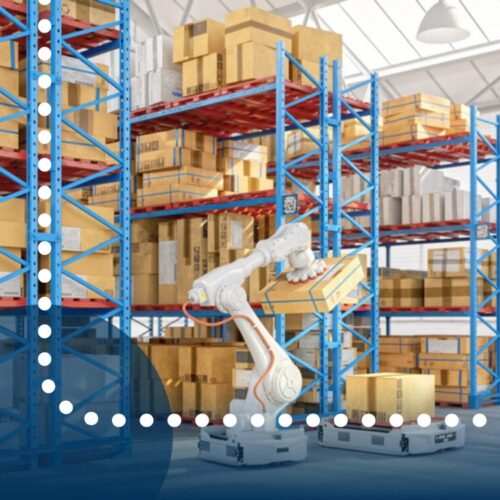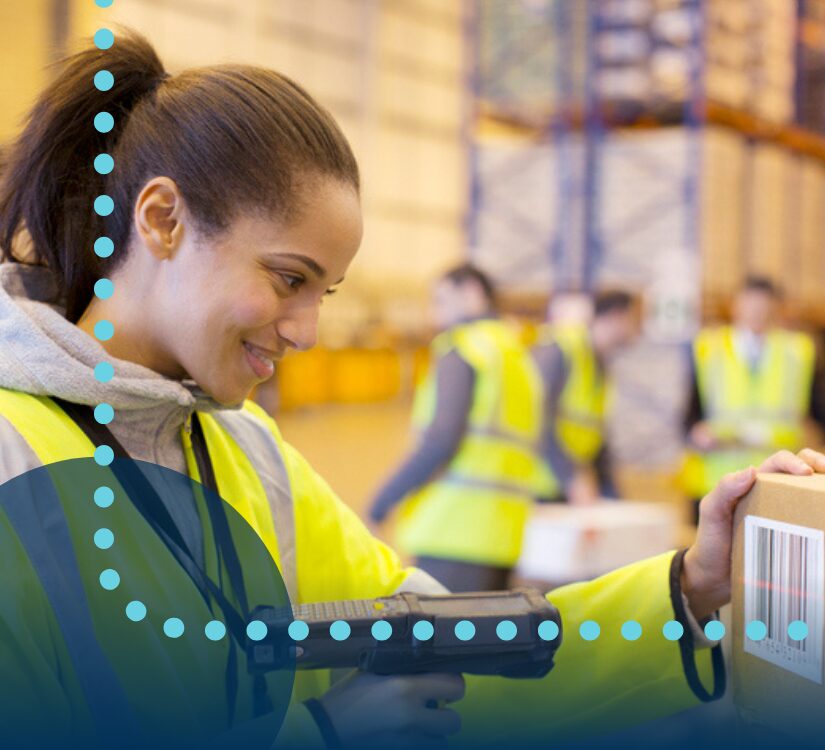
If you’re still not sure what it is, the IIoT is the interconnectedness of many different technologies, machines and sensors within supply chAains. These systems communicate with one another and collect valuable insights that may have otherwise gone unnoticed using a more fragmented approach.
These insights allow operators to proactively identify inefficiencies within supply chain processes and make improvements to impact productivity or cost savings. A study by the World Economic Forum in partnership with Accenture found that organizations that leverage the IIoT experienced 70 percent fewer breakdowns and reduced equipment maintenance costs by nearly 30 percent.
The good news is you don’t have to invest millions of dollars in your supply chain to harness the power of the IIoT. In fact, there are several ways small-to-midsize companies can begin to prepare their supply chains take advantage of what the IIoT has to offer.
Begin With Sensor-Based Logistics
Sensors are a great catalyst into a more advanced IIoT strategy. In conjunction with transponders and beacons, sensors collect and send predetermined data to be analyzed for things like efficiency improvements and accuracy of product location. IIoT-specific software and machine learning work together to analyze data, but the sensors are what collect the information to be analyzed.
Items tagged with sensors can be tracked throughout the entirety of the supply chain. This bird’s-eye operational view is one of the quickest ways to identify and target overarching problems before they escalate.
Sensors can also be added to machinery and equipment to communicate conditions, collect data and send alerts about technical issues or system failures. Once a problem is signaled, operators can use the provided information to quickly recover the equipment and minimize disruption. Some augmented reality (AR) devices can even sync the data reported by sensors with repair instructions for faster and simpler fixes.
Fortunately, almost any business can take advantage of sensor-based logistics as it’s becoming more easily accessible. The level of sophistication varies resulting in varied pricing. RFID chips can start as low as $.10 each for the most basic level. Smaller companies don’t need highly advanced sensors like larger retailers with warehouses scattered around the country. It’s best for small and midsize companies to start with the basics and then scale based on their results.
Consolidate Data with Cloud-Based Software
The addition of IIoT technology into your supply chain would be meaningless if the data being collected wasn’t leading to improvements in efficiency or cost savings. If the influx of data has you feeling overwhelmed, consider using a cloud-based system. Cloud-based software is an efficient and cost-effective way for companies with a strict budget to store data.
With cloud-based technology, there are lower upfront costs, less hardware to install and pay-as-you-go options which further add to ROI. Simple tweaks to the system and allotted storage amounts also make it simple for companies to scale depending on how advanced their IIoT strategy becomes.
Integrating Artificial Intelligence
Artificial Intelligence (AI) will also add value to your IIoT strategy. AI is a computer system that mimics human intelligence and can be used to boost warehouse efficiency. The main benefit of AI is that it provides improved analysis with limited human involvement. This is especially important when you start scaling your IIoT strategy and gathering more data.
There are various technologies that fall under the AI umbrella. Machine learning is one of the most powerful when it comes to the IIoT. Using preset algorithms that continuously learn from data, machine learning tools are capable of taking vast amounts of complex data and extracting patterns unrecognizable by humans to inform action.
The Future of Your Supply Chain
The IIoT is transforming the way supply chains and businesses operate. Having a plan for IIoT integration, no matter how basic, is an essential component of your overall supply chain continuous improvement plan. You can begin harnessing the power of your data today by implementing things like sensor-based logistics, cloud technologies and AI. As you begin to see ROI from these initial steps, you can continue to mature your IIoT strategy slowly over time.
Interested in other technologies to integrate into your operation? Check out our blog, Must-Have Technologies for Your Warehouse Operation.
